Onboarding Millennials and Gen Zs – 4 Tips for Handling Onboarding Modern Employees
The world of human resource management is a lot different today than what it was just a few decades ago. One space that has seen the most change and is still changing is onboarding.
In the early years of my career in human resources, the onboarding process was rudimentary at best. The entire process usually involved merely handing out stacks of payroll forms to new employees and showing them to their desk. Getting an employee handbook or a formal introduction to your new supervisor at the time was pretty much a luxury.
Basically, recruits back in the day were thrown into the deep end of the job without a lot of preparation.
Things couldn’t be any more different today.
According to a 2022 Gallup Poll, 54% of Gen Z employees are ambivalent or not engaged at work. This has bred a generation of employees who have very little interest in their jobs and have no problem leaving their jobs at the slightest inconvenience; gone are the days of employees sticking to a job.
Handling these modern employees requires a different approach to onboarding, an approach that focuses on engaging its employees, right from the first day of employment.
Handling Onboarding with the Modern Employee
When considering modern employees, particularly those from the Millennial and Gen Z generations, it's crucial to acknowledge that many of them were raised by "helicopter parents" who excessively monitored and intervened in their children's lives. This style of parenting has resulted in the emergence of two generations often characterized as the most demanding and needy of our time.
Handling such a generation of employees is no easy feat and requires a whole different approach to employee onboarding and orientation. Engaging these employees requires more effort than the now ancient onboarding process formerly used for previous generations. Thankfully, with the right employee program, HR personnel can increase employee retention and develop a dynamic team environment best suited for engaging this generation.
Building the Right Team for this Generation of Employees
Building a team of employees in this generation requires more than a mere orientation program and more of an employee integration program. Such a program should encompass several key components to effectively integrate new hires into the company culture.
Below are some tips on building the perfect team of Millennial and Gen Z employees.
1. Instill a Big-Picture Perspective from Day 1
The onboarding process of millennial and Gen Z employees should start with an orientation process that introduces each new employee to the big picture of the company’s operations. These employees want to be engaged and feel like what they are doing matters, so let your integration process do just that.
Take new employees around the company to give them an overview of how the entire operations process works. Then provide a more detailed tour of their specific department to give them a better understanding of how they fit into that big picture. This simple step when done right would instill in your employees that what they do for the company is important, and by extension, makes them feel valued.
2. Adopt an Integration Process that Encourages Friendship in the Workplace
Various research exists that prove that a friendly work environment always translates to improved employee retention. According to Gallup research reports, having close friends at work takes this effect to even greater degrees. According to one such report, having a best friend at work drastically improves job success.
Creating an integration process that fosters friendship in the workplace can help you achieve this. Ensure to introduce new employees to colleagues during the integration process and make an effort to encourage employees to build connections with one another.
3. Introduce Mentorship From the Get-Go
Mentorship is an integral component of effective career development, something practically every employee loves. According to a CNBC/SurveyMonkey Workplace Happiness Survey, more than 91% of employees who have a mentorship program are satisfied with their jobs. More than 57% are “very satisfied.”
Millennial and Gen Z employees are not an exception in this regard, so why not take advantage of this?
Introduce a mentorship in your integration process. During orientation, encourage new employees to reach out to their more experienced colleagues if they ever need any help. Establish mentorship programs to help new employees learn new skills, gain more experience, and specialize. Provide mentorship opportunities like this and your Gen Z and Millennial employees will feel more engaged and valued.
Traditionally, mentorship programs are usually directed at employees looking to put in the extra work to climb up the corporate ladder, but your strategy here is to introduce and make it available to everyone, right from the get-go. Doing this will not only enhance employee satisfaction and retention but also contribute to a positive company culture where knowledge-sharing and collaboration thrive.
4. Build an Effective Mentor-Mentee Relationship
Mentorship programs can be a very effective tool for improving job satisfaction and employee retention, but it can also go very wrong when not done correctly. Choosing the right mentorship program is important to ensure that everything goes right.
While there are various mentorship programs you can choose to adopt, you’ll want to make sure that the program you’re choosing is ideal for your company, and then customise that to fit your current recruitment’s unique needs.
You’d also want to make sure to choose the ideal mentor for your new recruits. When choosing mentors, ensure to choose someone who is both knowledgeable about their field, and positive about the company. Remember, the goal here is to improve employee retention as well.
The HR’s job doesn’t just stop at creating the mentorship program though. You’d also want to follow up on this program to ensure its efficiency. Check-in on mentees and mentors regularly to ensure that the partnership is going smoothly. Sometimes certain mentors might not be a good fit for certain recruits. Realizing this early on can help prevent disaster down the road.
The old method of onboarding employees doesn’t work well with today’s Millennial and Gen Z employees. This doesn’t mean onboarding these generations of employees is a process doomed to fail. The trick lies in employee engagement; create an engaging environment for these employees and employee retention would shoot through the roof. The four tips mentioned above will help you do this.
Need help developing a specialized mentorship program for your integration process? We are here to help.
Get in touch!

